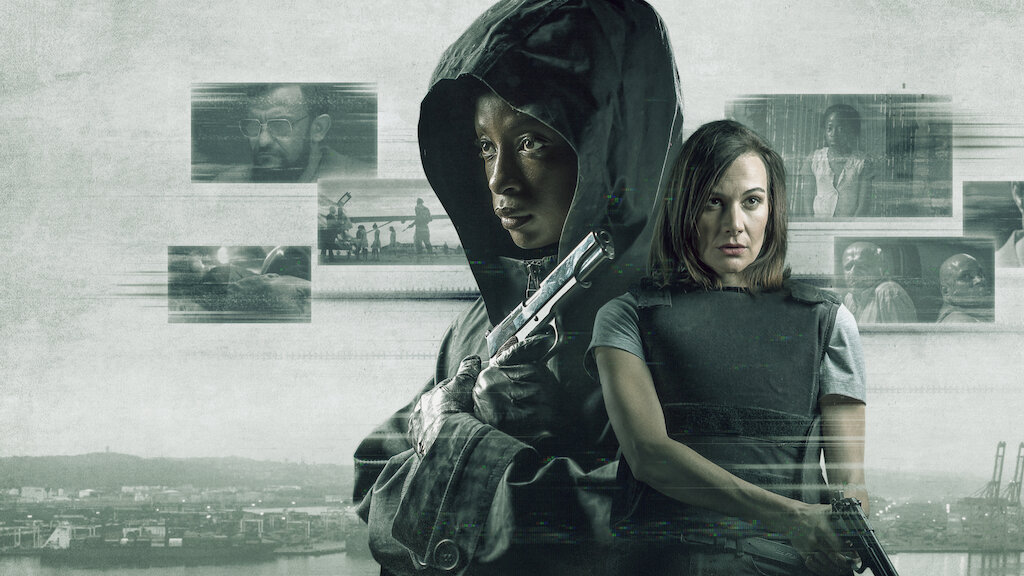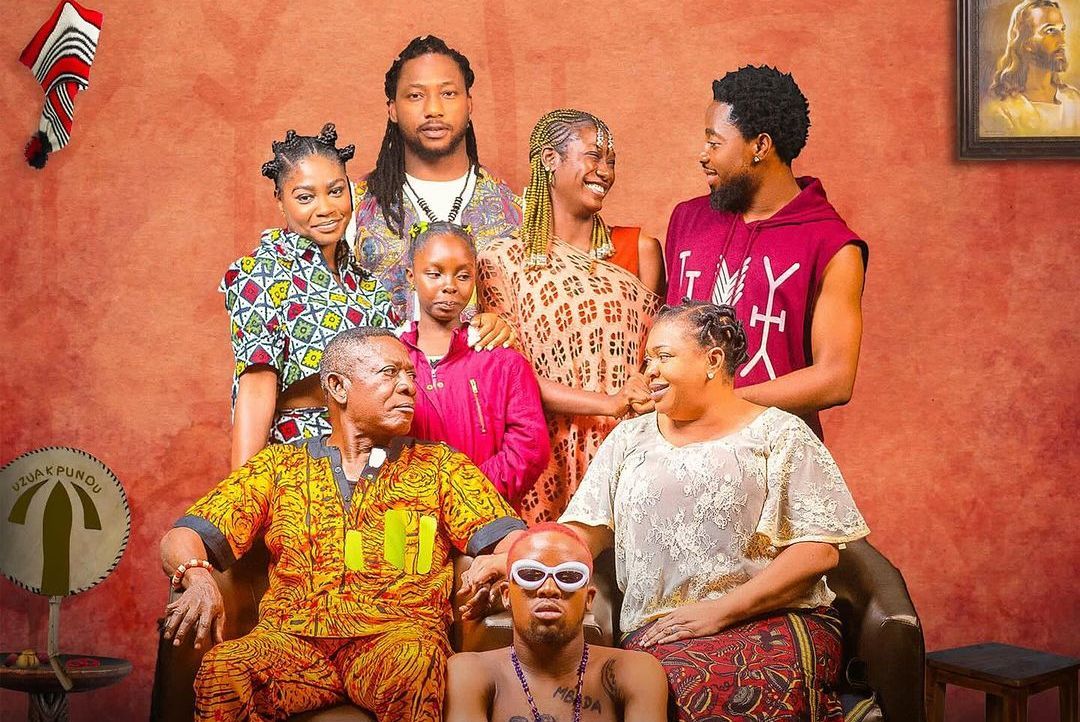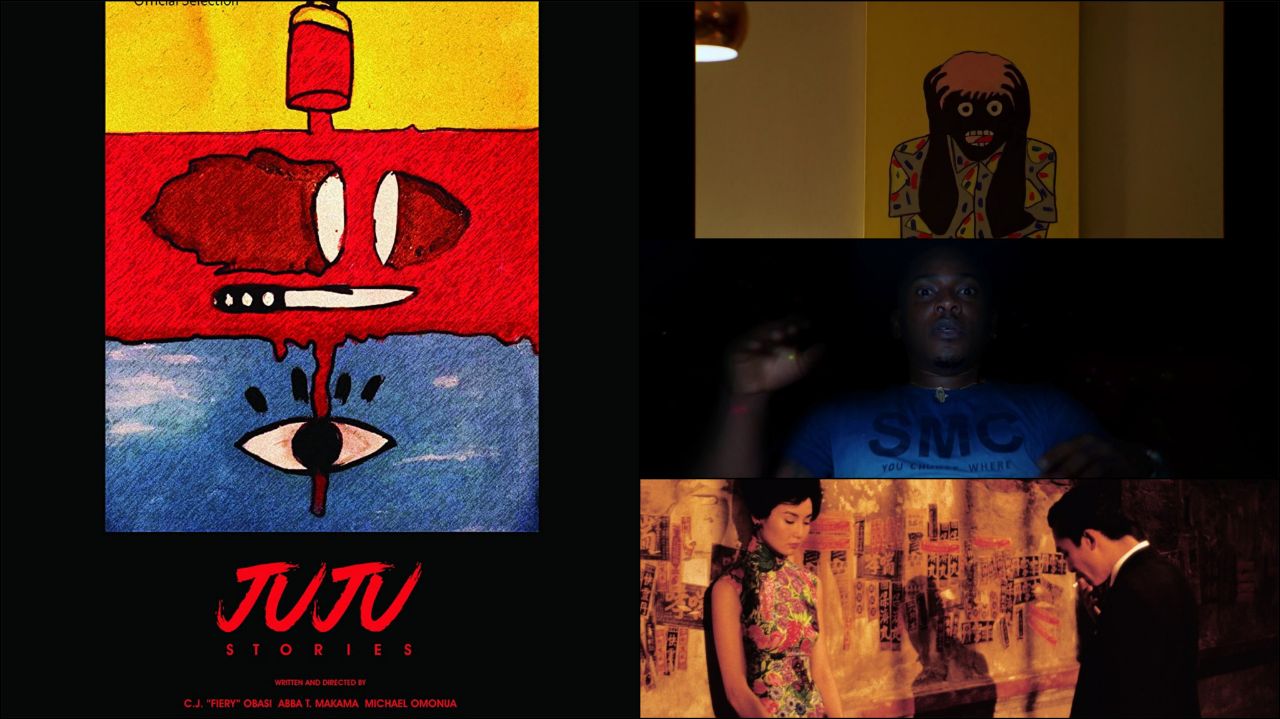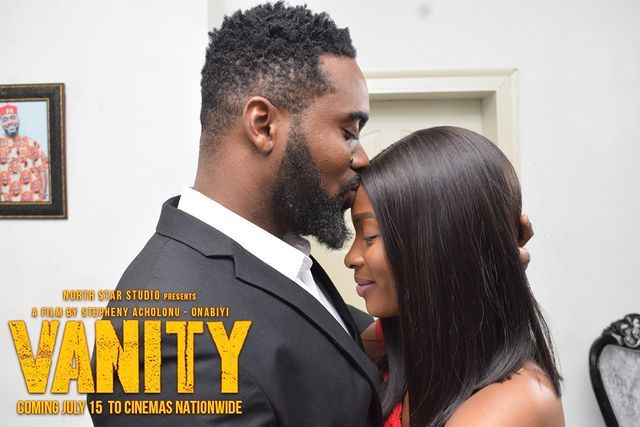
There are stories that need to transcend the confines of filmmaking because of their delicateness and immediacy in the real world. The social implication of failing at such task is that such stories render the very real social issue they represent as clichés. These stories have various examples, a prime amongst such examples being human trafficking. It means when a story of this nature is told, there must be a carefulness to its telling that does its best to shadow the horrors of being trafficked. It means that at all costs, it must avoid stereotypes. Because stereotypes insinuate that there is nothing new to say about a thing or a person, or that such thing or person is so familiar, thus ordinary, that they can either be ballooned or chiseled into a specific shape, into a specific identity regardless of the number of times they are created or the individual at the helm of that creation. To find that I Am All Girls, a modern take on child trafficking in Johannesburg, South Africa, has an excess of stereotypes, was shocking, especially because they were avoidable stereotypes.
The movie follows the warpath of a vigilante going after child traffickers in South Africa regardless of class or power. On the side is a worn-out officer desperately trying to crack a case and bring an upper echelon of traffickers to book. There is the cranky supervisor who can’t articulate care without barking it. There are the monolithic villains of power who are villainous because the movie needs powerful pedophiles to create insurmountable odds for the heroes. Villains so one-dimensional that the movie’s antagonist (Deon Lotz) barely has five lines throughout the movie. There is the broken vigilante, played by Hlubi Mboya, who is a consequence of the antagonist’s pedophilic acts. There is the detective who is so broken by the evils of child trafficking that she becomes unfit as a detective. She is unprofessional to a fault and sabotages the investigative process innumerably. There are no spoilers here: The movie does little to hide its stereotypes, does little to mask the frailties of its plot, or perhaps it mistakes these frailties as narrative strength.
There are more stereotypes: The middle eastern, Muslim pedophiles exchanging oil for little female children. The corrupt government official. The lead detective drowning in a sanctimonious hunt that makes her blind to her incompetency; frailties that somehow eventually become her strength. The unforgiving avenger who will only be stopped by a bullet. All these stereotypes automatically exempt one from investing in characters, and consequently, in the story and the important social theme it explores. I Am All Girls is a cliché and, for a movie about the horrors of humanity, lacks humanity. Pick the Iranians from a generic Hollywood terrorist movie. Pick the supervisor from any hardboiled detective movie. The vigilante can come from any vendetta movie. Victimhood is universal, and thus naturally stereotypical. The demand of art is to elevate it to a point of individuality, thus depicting a human nuance that we easily overlook when encountered by such stories. When the vigilante declares to one of her victims that “I am all girls”, an uncomfortable suspicion is confirmed, that the movie is comfortable with its stereotype. It became apparent that the fault isn’t in its stereotypes alone, but in its comfortability with them.
Rating: 5/10
Side Musings:
- The lead and the detective are completely interchangeable even though one can tell that the actors do their best to differentiate each other. They even have romantic tensions.
- The villains are completely interchangeable, save for the fact that one of them has around five lines throughout the movie.
I Am All Girls is available on Netflix.





1 Comment